Introduction
A safe backyard is essential for pets to explore and exercise freely. Seasonal changes can introduce hazards—from extreme heat to icy conditions. This guide covers year-round considerations to keep your yard pet-friendly, secure, and stimulating.
1. Secure Fencing and Boundaries
Inspect Fences Regularly: Check for loose boards, gaps, or rusted chain links that pets can exploit. Reinforce weak spots with hardware cloth or additional panels.
Prevent Digging and Escapes: Install buried wire mesh or concrete footings along the fence base to deter persistent diggers. Use “dig plates” (metal or plastic buried panels) where needed.
Consider Coyote Rollers or Upward Extensions (for rural areas): Prevent climbing escapes by adding smooth rollers at the top of fences or extending fences upward at an angle.
2. Toxic Plants and Landscaping Hazards
Identify and Remove Toxic Flora: Common dangerous plants include azaleas, lilies (highly toxic to cats), oleander, daffodils, and sago palms. Replace them with pet-safe alternatives like rosemary, basil, or marigolds.
Secure Mulch and Fertilizers: Cocoa bean hull mulch is appealing but toxic; opt for pine or cedar chips. Use organic, pet-safe fertilizers free from pesticides and herbicides. Store chemicals in locked sheds.
3. Water Safety
Pools and Ponds: Install secure fencing around pools. Use gradual-entry ramps or sloped edges so pets can exit easily. Keep pool chemicals balanced; store chemicals out of reach.
Water Bowls and Hydration Stations: Provide clean, shaded water bowls. In winter, use heated water bowls or change water frequently to prevent freezing.
4. Seasonal Considerations
Summer Heat: Provide ample shade—trees, umbrellas, or shaded pergolas. Consider evaporative cooling mats or shallow splash pools. Never leave pets in a hot yard during peak afternoon heat.
Winter Conditions: Remove ice promptly using pet-safe ice melt (calcium chloride-based). Prevent antifreeze spills; ingesting even small amounts can be fatal. Use insulated pet houses or heated beds outdoors only if necessary.
Spring and Fall Allergens: Rake leaves to reduce mold and mildew buildup. Regularly clean pollen off outdoor pet beds and furniture.
5. Safe Play and Enrichment
Designated Play Zones: Create clear areas for running and fetch, free from tripping hazards. Remove old sports equipment, hoses, or garden tools when not in use.
Shaded Resting Spots: Provide elevated platforms or outdoor beds in shaded, well-ventilated areas for pets to relax.
Interactive Features: Install secure climbing structures for cats—outdoor catio enclosures or high shelves. For dogs, consider agility-friendly tunnels or low jumps.
6. Pest Control
Ticks, Fleas, and Mosquitoes: Maintain trimmed grass and clear debris where pests breed. Use vet-approved topical or oral preventives year-round. Consider planting pest-repellent flora like lavender or citronella.
Wildlife Encounters: Secure trash bins to deter raccoons, skunks, and opossums. Remove bird feeders if they attract large wildlife. Use motion-activated lights to discourage nocturnal visitors.
7. Safe Shelter and Resting Areas
Insulated Dog Houses or Outdoor Cat Shelters: Provide weatherproof, insulated shelters with windbreaks. Elevate off the ground to avoid moisture accumulation.
Comfortable Bedding: Choose weather-resistant, washable materials. In winter, use thermal blankets or raised platforms to ensure insulation from cold ground.
Conclusion
A pet-safe backyard requires proactive measures throughout the year. By securing boundaries, eliminating hazards, and providing shelter and enrichment, you create an environment where pets can thrive. Regular inspections, season-specific adjustments, and ongoing maintenance will ensure your outdoor space remains a safe haven for pets in every season.

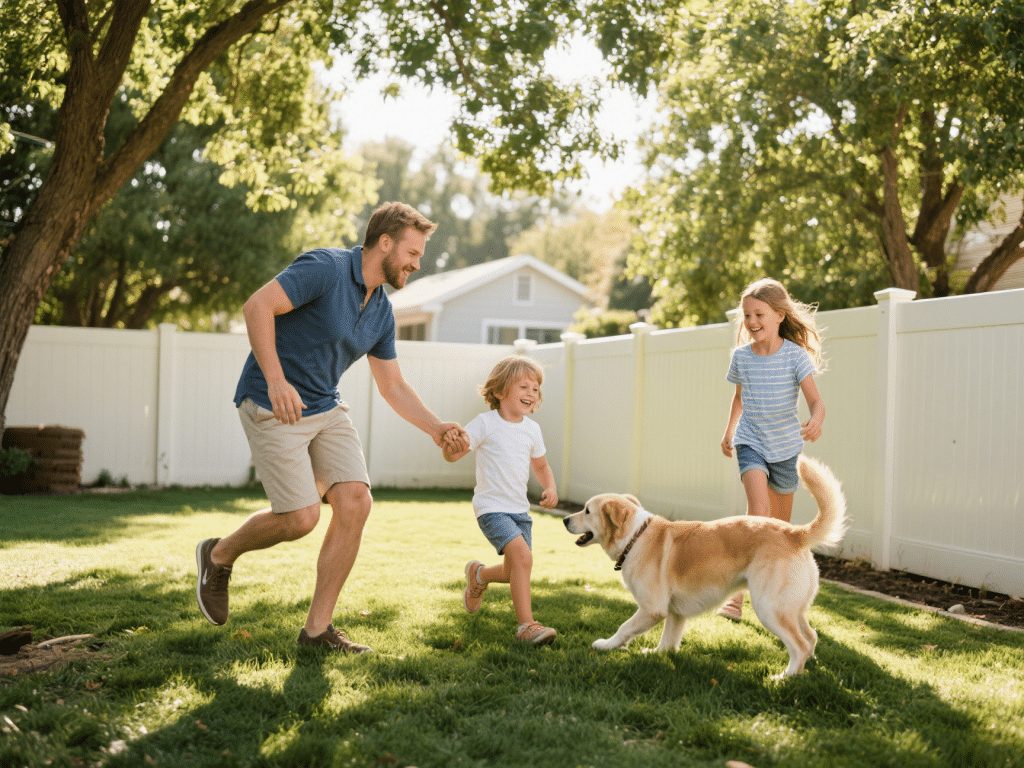
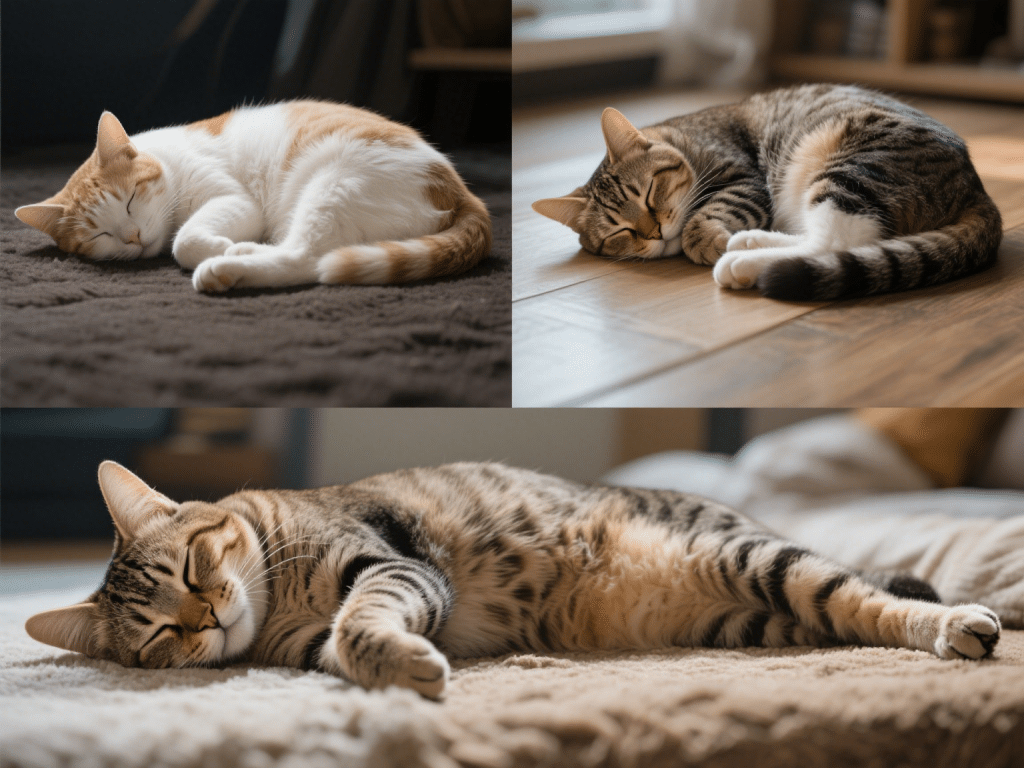
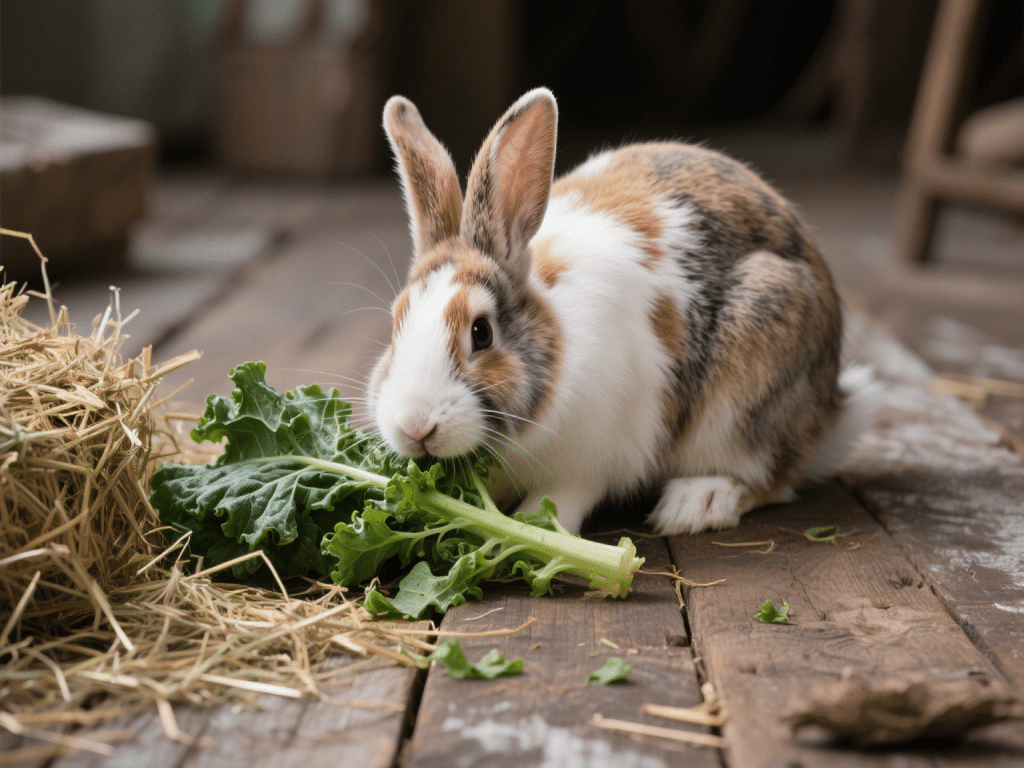
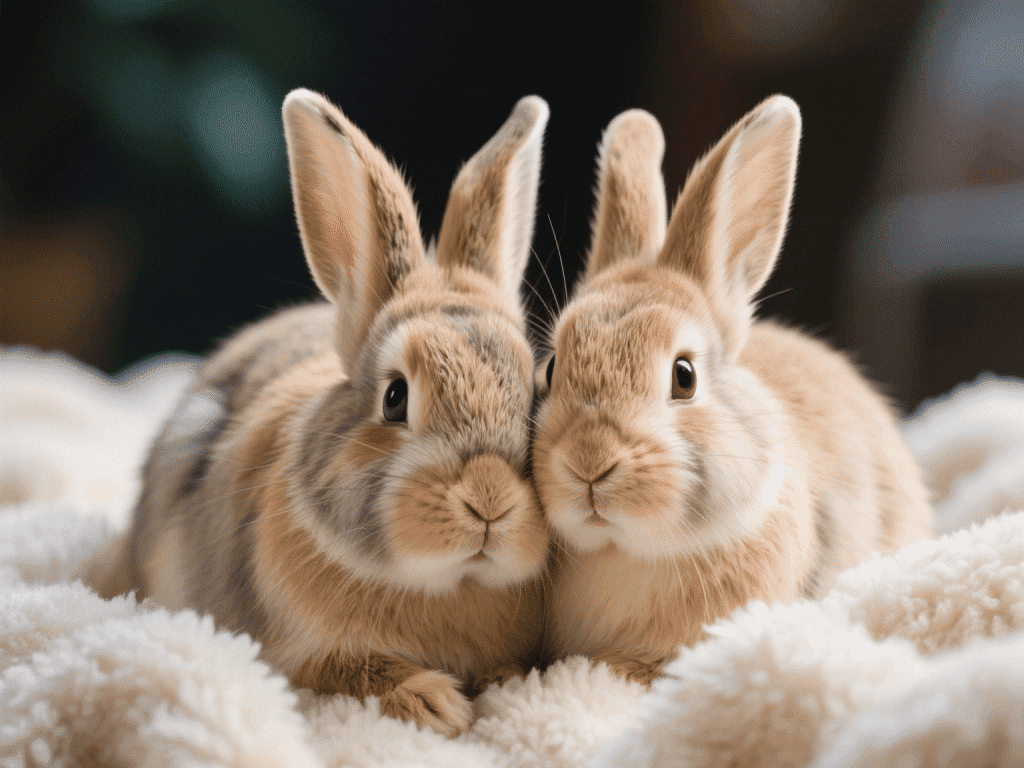
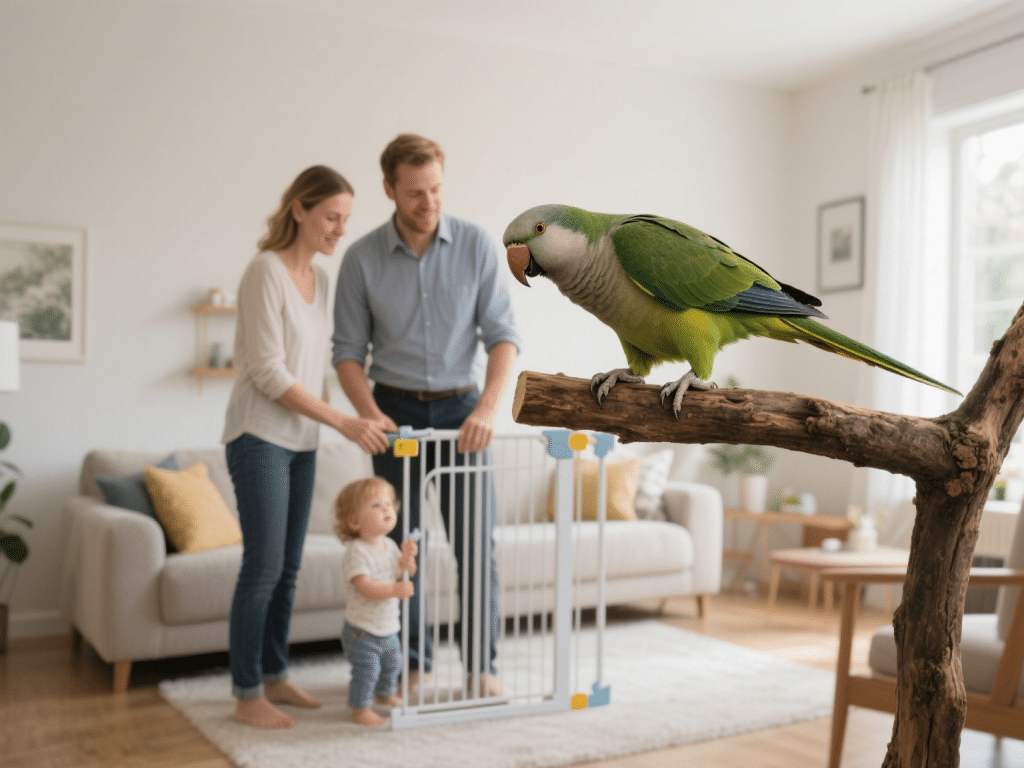
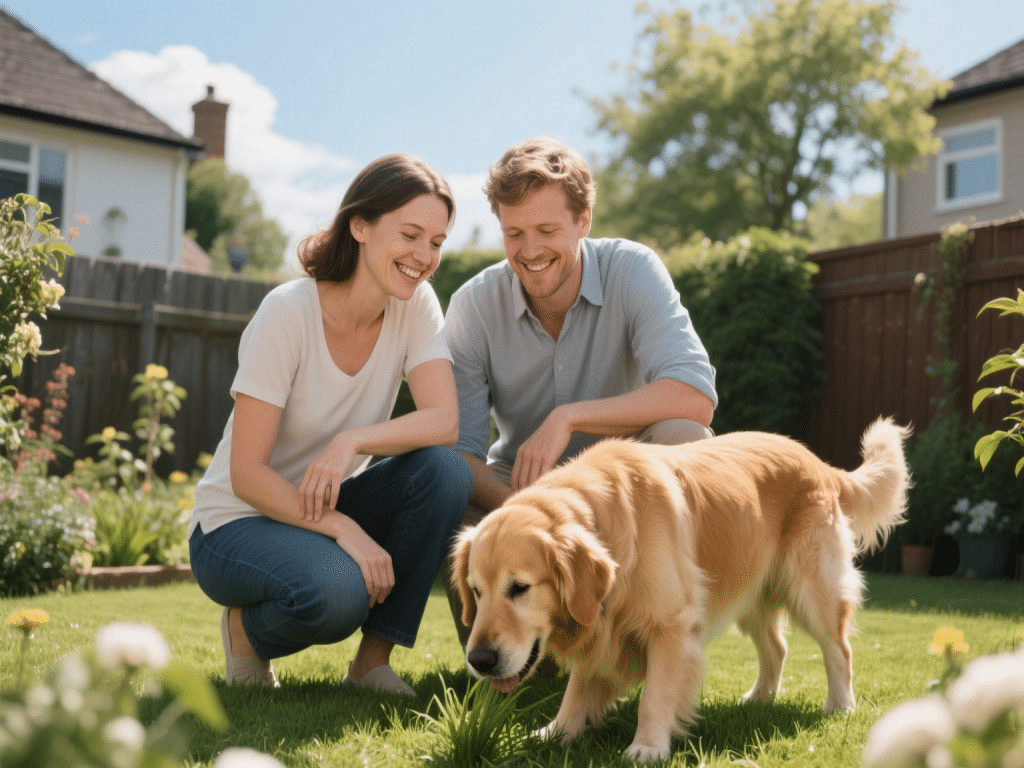


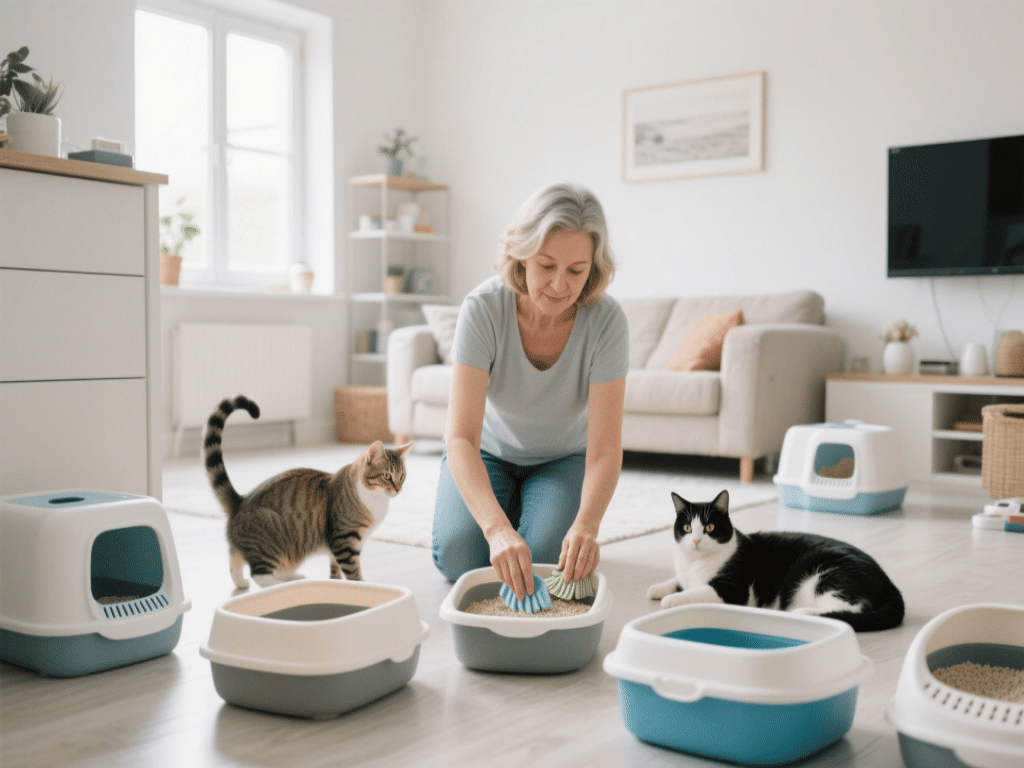
Comments on " How to Make Your Backyard Safe for Pets Year-Round" :